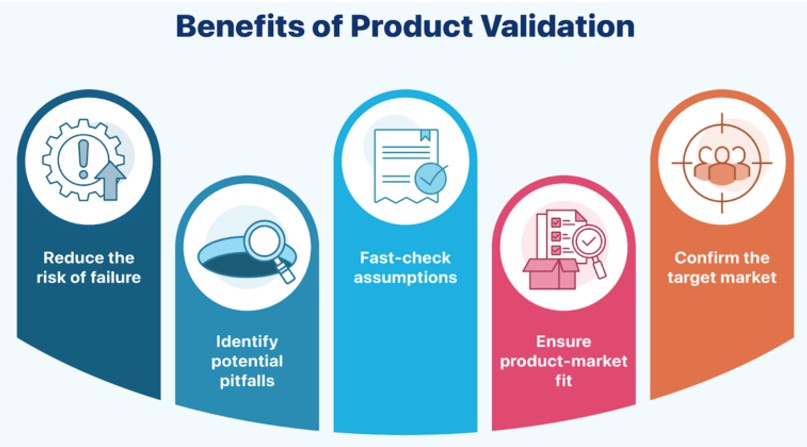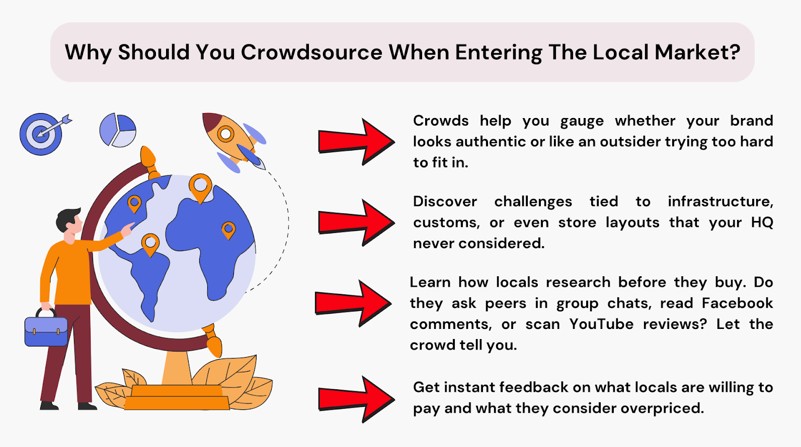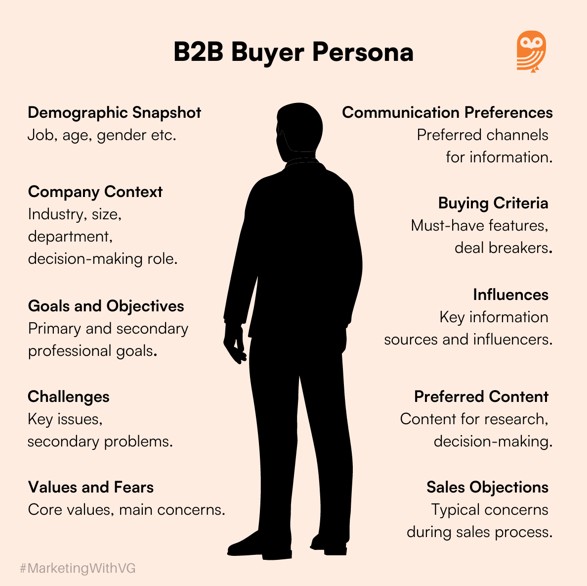Struggling to get honest customer feedback without blowing your budget? You are not alone.
Getting insights can feel out of reach when testing new ideas or exploring fresh market trends. To help you with that, we will explore what crowdsourced market research is and what it brings to the table.
By the end of this guide, which is published in two parts, you will be ready to start your crowdsourcing efforts to shape your marketing and product strategies without stretching your resources thin. Click for Part 2 on five must-know crowdsourced market research best practices.
Tapping The Crowd: Where Market Research Meets The Masses
Crowdsourced market research lets you tap into large groups of real people to:
- Test ideas
- Gather opinions
- Get real feedback fast
Unlike traditional focus groups, where you rely on a handful of selected participants, this approach brings you insights from a wider mix of voices. Plus, this lets you collect data quickly and easily, which makes this a more cost-effective way to conduct market research.
How does it work?
Let’s say you are in the medical niche selling this medical alert smartwatch. Instead of running an expensive in-person study for your new medical alert smart watch, you post a quick test in relevant online communities, say, groups of older adults or caregivers.
Ask what features they value most: fall detection, GPS, or battery life. The data collected gives you both numbers and written feedback. That is your quantitative and qualitative research right there.
This process lets researchers (or you and your team) move your product development process faster while keeping a close eye on real consumer needs.
What Happens When You Let The Crowd Lead The Way?
Review these benefits from doing crowdsourcing strategies and talk them through with your team. See how each one can help your company, and use that to build a strong case for trying crowdsourced market research.
I. Get Data Without Breaking The Bank
Traditional research often comes with layers of hidden costs like:
- Consulting fees
- Travel expenses
- Focus group expenses
- Long timelines that eat into your budget
Meanwhile, crowdsourced market research cuts those costs because it removes the middlemen. You use online platforms to go straight to your target audience and get answers fast.
But if you hire crowdsourcing companies, they let you pay per project, not per hour, so you stay in control of your spending. Instead of pouring money into one big research push, you can run multiple small tests, tweak as you go, and still stay under budget.
II. Insights Without The Extra Headcount & Payroll
Hiring researchers, analysts, or survey specialists sounds great…until payroll reminds you otherwise. Crowdsourcing gives you a smarter way to run data collection without stacking your org chart.
You do not need someone full-time to design studies, chase down responses, or analyze basic trends. Online platforms handle the heavy lifting, so your existing team can get clear, actionable insights without extra hires.
III. Tap Into Voices Beyond Your Borders
When you build marketing strategies based only on local feedback, you miss what global buyers care about. But crowdsourcing lets you tap into different cultures, habits, and needs, all without flying across the world.
These crowdsourced ideas give you a broader perspective and help you shape products or campaigns that work in more than one region. This is not just smart, it is crucial if you want to grow beyond your local bubble without wasting time or budget.
Crowd-Tested, Business-Approved: Practical Use Cases
Go through each use case and spot where you can apply it in your process. Look for quick wins that save time, spark new ideas, or unlock valuable information from your audience.
1. Pre-Launch Product Validation
Use crowdsourcing to check if your product idea solves a real problem before you pour time and money into building it. Instead of guessing what people want, you ask a diverse range of internet users directly through a crowdsourcing platform.
This flips the old-school model; you do not wait until late in the product development cycle to test interest. You validate your product before you build it.
Say you are in the tech niche building something like Infrascale, a cybersecurity solution provider. Before diving into software development, go crowdsourcing to IT decision-makers about what keeps them up at night:
- Weak endpoint protection
- Slow ransomware recovery
- Risk of permanent data loss
Their answers help you see if your idea solves a real problem or just sounds good on paper. So if your cybersecurity crowdsourcing data says weak endpoint protection keeps them up at night, you know to focus on features like real-time threat detection, automated patching, and device-level encryption.
What To Do
- Use a short concept video to explain your idea and test emotional reactions or perceived value.
- Share early feature mockups to learn which functionality users find essential and which they would skip.
- Run polls on top pain points to confirm your product is solving a problem that actually matters.
- Use trend identification surveys to validate that your idea aligns with growing needs in your industry or market segment.
2. Local Market Entry Testing
See if your product or message fits a specific region before you expand into it. With this step, you can avoid costly mistakes and tailor your approach to what local buyers want instead of forcing them to adjust to your product.
How does crowdsourced market research work here?
Crowdsourcing involves real people in that region who know the culture, preferences, and pain points better than you do. You can let locals submit ideas, react to messaging, and help you solve complex problems like pricing, language, or relevance.
Suppose you are selling a plant-based snack brand in the Middle East. You might assume health benefits will win people over, but a local crowd may care more about bold flavor, locally recognized ingredients, or clear halal certification on the label to build trust.
What To Do
- Run concept tests with locally relevant scenarios.
- Test ads in local languages to spot tone or clarity issues.
- Compare brand name options across dialects to make sure it translates well and avoid unintentional meanings in local languages.
- Ask where people discover new products, like TV ads, Instagram, TikTok, or local marketplaces, to shape your go-to-market strategy.
- Host live interactive presentations during crowdsourcing events to test how local audiences react on the spot.
- Ask locals which payment methods they trust, like cash on delivery, mobile wallets, or local bank cards.
3. B2B Buyer Persona Validation
This is your chance to check if the job titles, roles, and decision-making triggers you are targeting match how buying decisions happen in real life. Many businesses assume who the buyer is, then waste time pitching to someone who does not even hold the budget.
In addition, this lets you reach the right participants, store owners, merchandisers, or procurement leads, and ask direct questions about what drives their decisions. You get clarity on:
- What influences their choices
- What frustrates them in the buying process
- What kind of messaging earns their attention
Here’s the anatomy of the B2B buyer persona you can use:
Suppose you sell these retail mannequins and assume the store designer makes the final call. But through crowdsourced market research, you reach a diverse range of decision-makers, including store owners, merchandisers, and procurement leads.
You ask who is involved in the buying process, what influences their choices, and what frustrates them. The responses reveal that visual merchandisers often drive product recommendation based on aesthetics and customization, while procurement leads approve the purchase based on supplier reliability and delivery times.
This clarity helps you shape buyer personas that reflect real roles and priorities so your messaging speaks to what matters, and you pitch to the right person from the start.
What To Do
- Crowdsource how different roles define a “successful outcome” from a vendor: cost savings, brand elevation, speed to market, or fewer internal approvals.
- Know how long it typically takes them to choose a new supplier and what slows that process down.
- Explore what factors or filters they use to narrow down vendor options early on.
- Ask what internal objections (from finance, legal, or leadership) they often face when trying to move a purchase forward.
- Learn common turn-offs like pushy sales reps, unclear pricing, or generic messaging.
4. Logo & Branding Feedback
Test how your visual identity, like your logo, colors, and tagline, comes across to real people before you print a thousand brochures or launch your website. With crowdsourcing, you can get honest reactions from people who are not emotionally tied to your brand.
It is not just about asking if your logo looks nice; it is about seeing if it says what you need it to say. Do people see a bold tech startup or a wellness brand? A premium service or something budget-friendly?
Let’s say you will launch a pet insurance startup. You want your logo to feel modern, trustworthy, and pet-friendly. But when you test it with a crowd, you learn your abstract dog icon looks more like a fox and your muted color scheme feels cold instead of caring. That feedback lets you adjust before investing in packaging, ads, or a website redesign. Using an AI logo generator can help create multiple design options quickly, making it easier to find the perfect look that resonates with your audience.
If you are going to do this, bring a branding specialist on board. They can help you set clear guidelines before you crowdsource so you are not testing random ideas.
Plus, once the feedback rolls in, they will know how to spot real patterns, filter out noise, and turn those opinions into branding decisions that move your business forward.
What To Do
- Show your logo briefly, then ask people to recall what they saw to see if it is memorable or forgettable.
- Check if your logo stays recognizable and readable on mobile screens, favicons, or app icons.
- Mock up your logo on packaging, business cards, signage, or ads to see if it still works outside a blank screen.
- Test how your colors and logo translate on different surfaces, like screens, print, or fabric.
- Ask the crowd if your typography feels modern, dated, playful, or serious based on your brand tone.
Conclusion
Pinpoint the biggest assumption you are making right now about your audience, your offer, or what is holding back results. Then, use crowdsourced market research to challenge that thinking before it drains your time or budget.
Pick one quick-win test and go after insights you can act on fast. Learn what clicks and adjust with confidence.








0 Comments